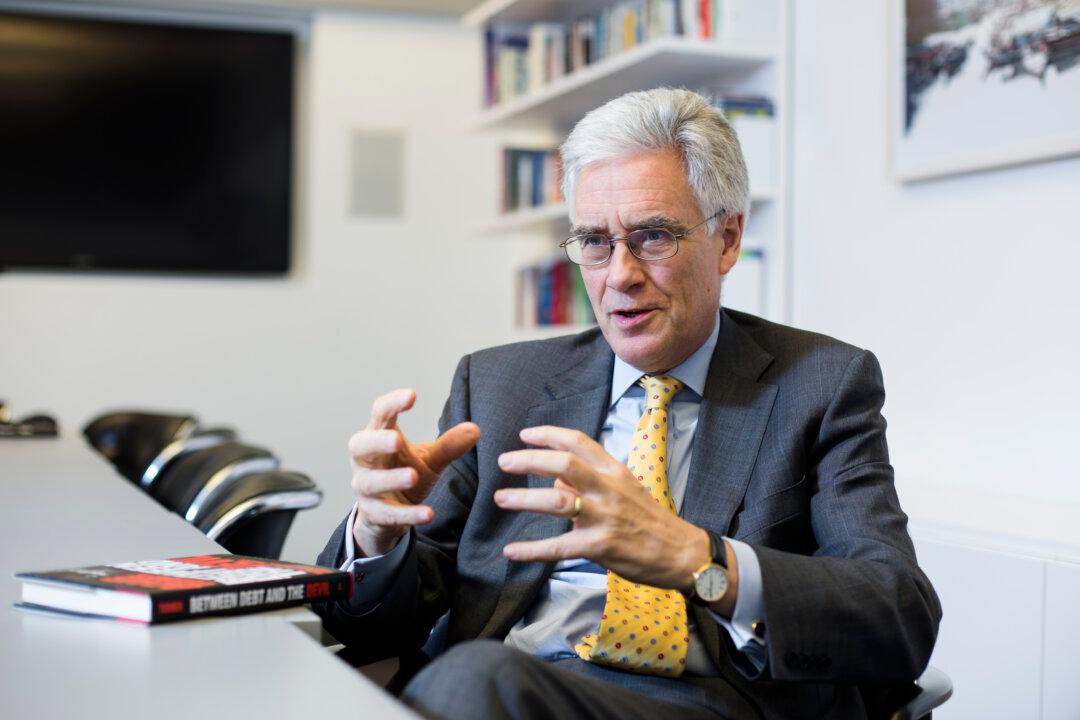Economics as a science has a terrible track record. Time and again the “dismal science” misses predictions or whole financial crises altogether.
The problem: Mainstream economics ignores the fact banks create and manage our money, and the whole system stands and falls with the process.
Regulators like the Federal Reserve or the Securities and Exchange Commission do as well. They are still making up reasons today why the financial crisis of 2008 was impossible to predict.
That is, all regulators except for one: Lord Adair Turner, the former head of the British Financial Services Authority (FSA) is confronting this problem head on in his book “Between Debt and the Devil,” following economists outside the mainstream like Steve Keen and Hyman Minsky.





